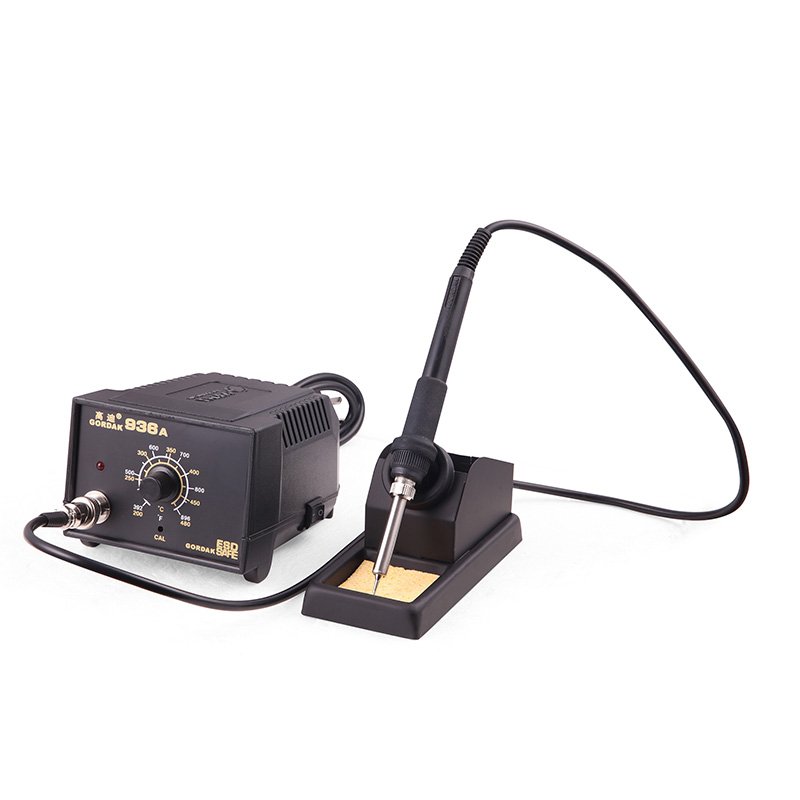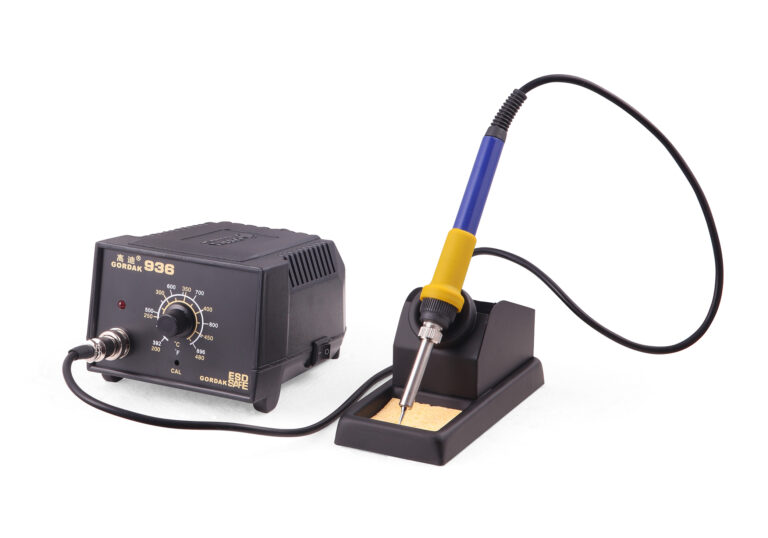When soldering PCB, there are several potential issues you could come across, and keeping these in mind could help you decide on the optimal approach for your needs. As part of this, being aware of some of the most common PCB problems can often help, and we’ve outlined some of the main things you should know as follows to help you avoid some of the most common PCB soldering problems and mistakes.
Common Problems When Soldering PCB
Unfortunately, while soldering PCB can be incredibly effective, there are a number of potential issues that couuld arise. Keeping these in mind is highly important to avoid complications.
One of the most common mistakes is being too generous when choosing the amount of solder. Indeed, excess solder can lead to poor electrical conductivity, short-circuiting, or the formation of “solder bridges” (small unwanted droplets of solder), all of which can be potentially problematic.
Another point to note is that soldering in the wrong place or using more solder than you need can be extremely damaging to the PCB. Since PCBs have very thinly printed connections, they can potentially short circuit if they are connected via droplets of solder.
Finally, it is also important to ensure that the soldering iron tip does not touch any components or the board directly, as this can damage them and lead to short-circuiting or failure of the PCB. This can be a common mistake, so this is well worth keeping in mind.
Tips to Solder PCB Effectively
Soldering PCB may seem like a daunting task, but it is often far easier than you might first think. However, there are several steps you should take to help with soldering PCB to ensure you are doing so correctly and safely, which can help keep things safe and allow you to avoid damaging any components.
Always Check the Temperature
Before you begin soldering PCB, always make sure that the soldering iron has reached the correct temperature. Failing to do so can result in an incorrect amount of power being applied, which can cause poor quality results or even increase the risk of making a mess with the solder.
Clean Up Thoroughly
Tidying your workspace is highly important to prevent mistakes from arising. In line with this, we strongly recommend ensuring the area you are planning to solder is clean and free from any debris, which includes both the workspace and the component itself. If needed, PCB can be carefully wiped with isopropyl alcohol solution to remove any debris that may have built up.
Line Up All Components Carefully
Once you are happy that the area is clean and ready to be soldered, one of the next steps you should take is to prepare the components you are looking to solder, taking care to line these up in the right place. Failing to do so could result in inaccurate results, in turn requiring you to remove the solder and try again.

Find Out More About PCB Soldering Today
If you need any further guidance or support with your PCB soldering, don’t hesitate to reach out to our experts at info@gordakelec.com today. We’re here to help!



